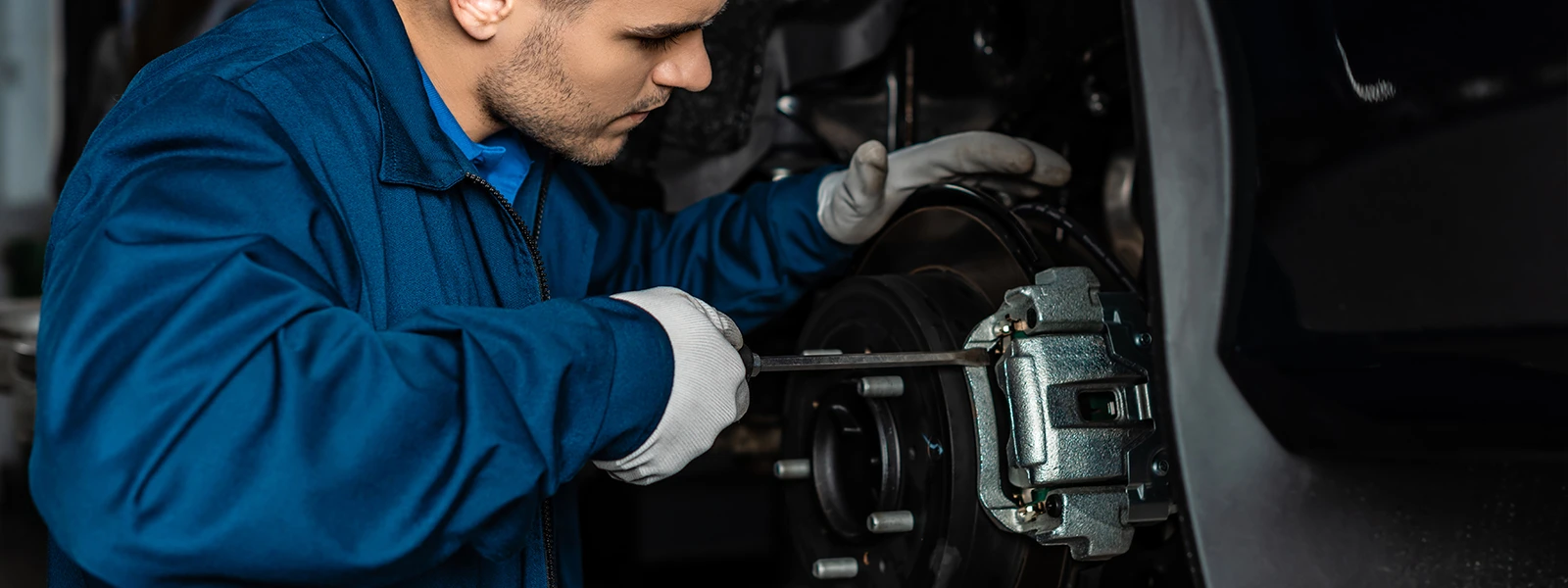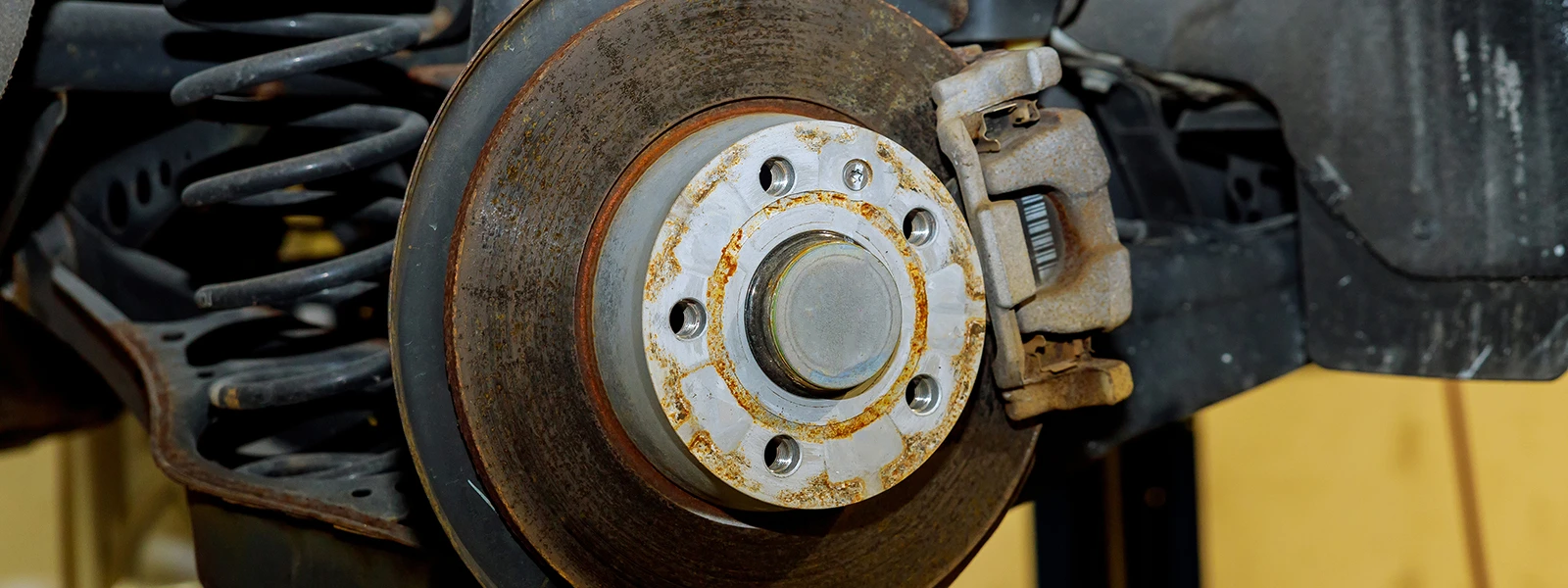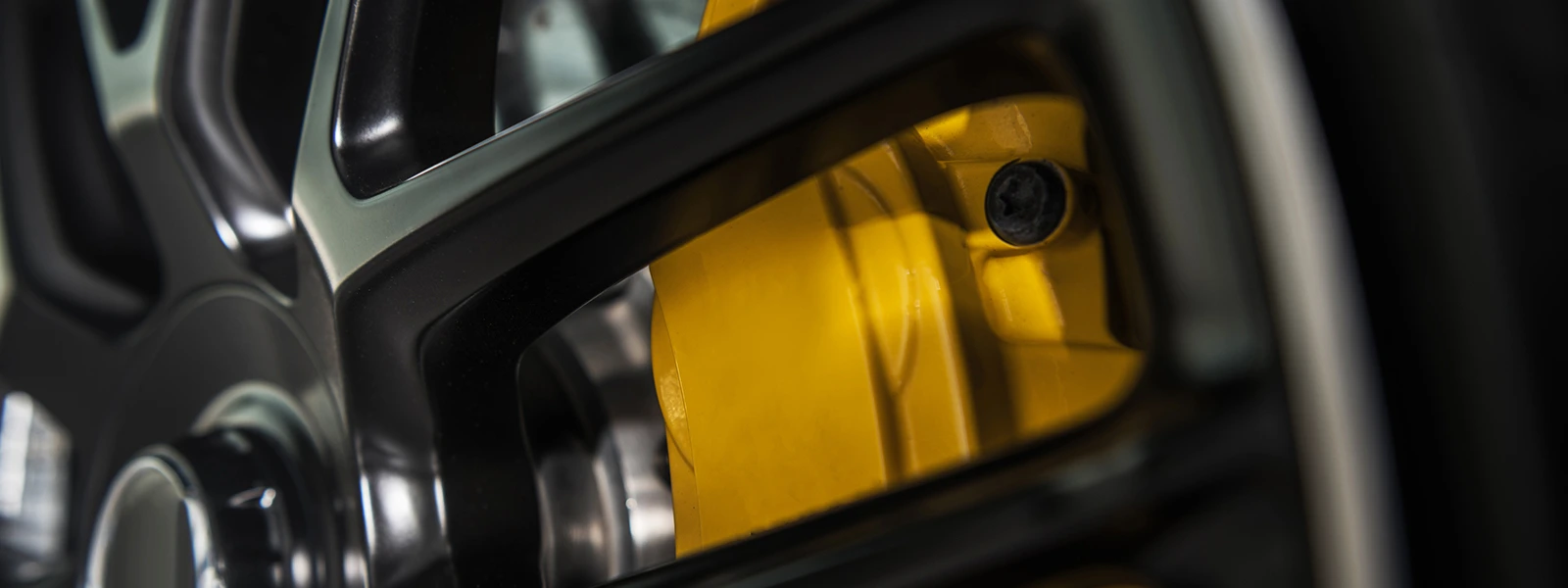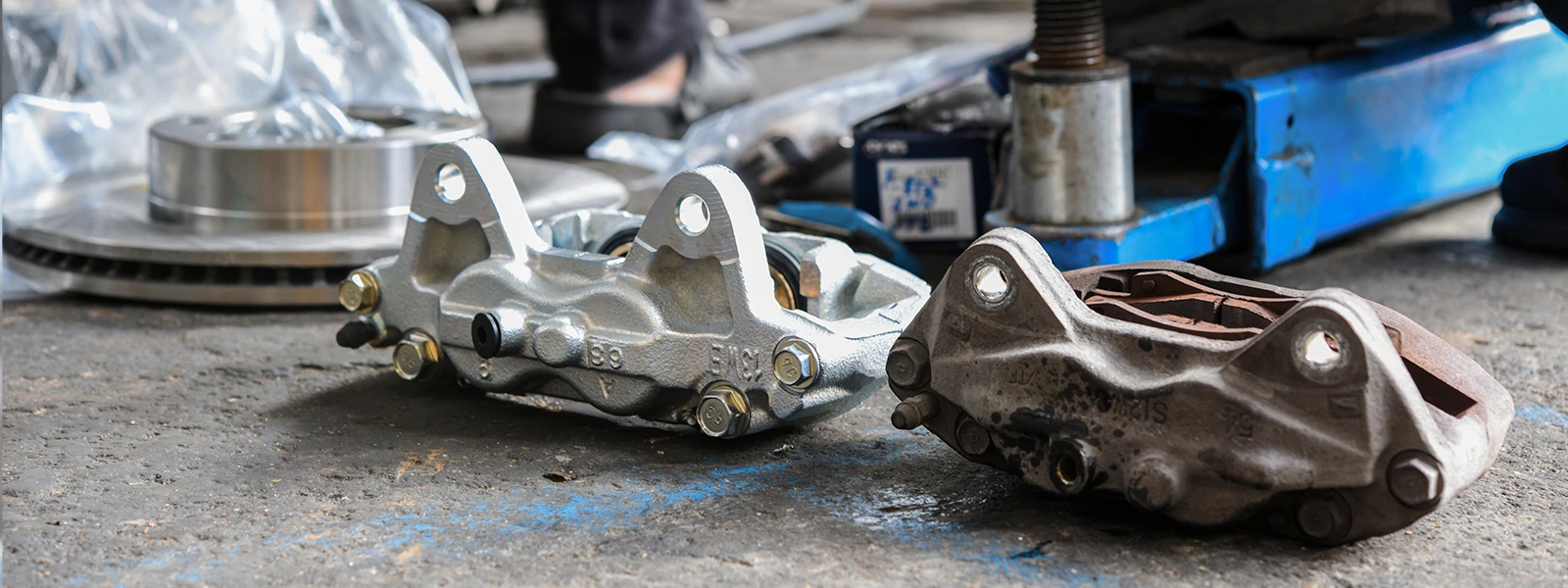
Do You Really Know your Brake Caliper

The brake caliper is a critical component in a vehicle's braking system, yet many drivers overlook its importance. This blog explores the workings of the brake caliper, focusing on its role in generating the friction that slows and stops the vehicle.
When you press your car's brake pedal, the caliper ensures that the vehicle stops on time. The caliper of the braking system squeezes the brake pads, which causes the rotor to slow down by causing friction. This friction is so strong that it can stop a vehicle at high speed in almost no time. The force you put on the brake pedal determines how tightly the caliper will squeeze the brake pads.
So, you must now know the importance and role of a brake caliper in vehicles. If you want to know more, here is another piece of information for you. The calipers are complimented with a caliper piston which also plays an important role. For more about the caliper piston, please refer to how to check the brake caliper piston
How Often Should I Replace My Brakes’ Calipers
Brake calipers perform a difficult and taxing duty regarding your braking system. They are designed to withstand the actual pressure of their duty and remain strong and resilient. However, factors like abrupt braking or a lack of routine maintenance can hasten the wear on the brake calipers. Fortunately, brake calipers can last for up to 100,000 miles. You can get ten years out of a set of calipers with careful driving.
When having brake work done on your car, whether it be replacing brake pads, rotors, or fluid, the calipers should be carefully examined for any potential issues. The best time to look for corrosion, leaks, or other damage indicators is now. Of course, replacing calipers is best done at the same time as replacing pads or rotors.
Therefore, it makes sense to replace the calipers and flush the brake fluid as a part of the same operation. This is because when calipers are changed, the brake system needs to be flushed with new fluid to bleed out air that enters the lines. Replacement of the master cylinder, brake lines/hoses, or other anti-lock braking components is another brake system modification that necessitates a full fluid flush following. For more detailed info about when should replace a brake caliper, please refer to: How to know if you need a new brake caliper.

Expected Life Of Brake Calipers
The disc brake calipers on your car are incredibly strong, they can survive very long. Brake calipers last somewhere between 75K and 100K miles, or 7–10 years, according to brake calipers experts at the Repair shop. However, this calculation is subject to change at any time due to several variables. How you drive your car, the weather, and the road conditions should all be considered when estimating how long your brake calipers will last.
As a result, a number of factors, like the type of automobile you drive, the number of brake calipers you need, and their construction material, might affect how long they last.
Why do Calipers Fail
Having to deal with dirt and debris, a brake system is subjected to extreme conditions. Additionally, as the brake pads contact the braking rotors, they are exposed to and absorb the intense heat. Metal calipers with metal pistons are susceptible to rust. They won't extend or retract smoothly in the caliper if the caliper pistons are rusted. Particularly resistant to rust are areas where sand and salt are applied during the winter. When the pistons are trapped in the retracted position, they cannot engage the pad. Alternatively, the brake pad friction material may deteriorate due to the piston becoming jammed against the rotor, harming the rotor.

Poor Caliper Performance Affects
1. Insufficient stopping force
The car's brake torque is insufficient for the speeds it travels to cause the wheels to lock up (or get close to locking up the wheels, providing the maximum deceleration forces).
2. Prolonged brake fade
After using the brakes for a particular amount of time, the vehicle undergoes brake fade and loses its braking ability. Brake fading can result from prolonged braking (such as on a racetrack) because of insufficient brake cooling.
3. Leaks of fluid
Brake fluid leaks from the piston seal or bleeder screw can occur in brake calipers, which are hydraulically operated.
4. Mushy or spongy brake pedal
A leaking caliper can result in a spongy or mushy brake pedal. Additionally, an unnatural pedal feel may result from the excessive clearance between the pad and rotor caused by a seized piston or stuck sliders.
Since the above adverse effects, we recommend replacing the brake calipers promptly. For details on how to determine whether they need to be replaced, please refer to How To Know If You Need A New Brake Caliper.

Brake Caliper Replacement Cost
For each compromised wheel, a new brake caliper might cost between $250 and $600. This is labor-inclusive but varies according to the car. The task of pressing the brake pads against the rotor falls to the brake calipers (or discs). The vehicle comes to a stop as a result of the friction caused by this. When one fails, especially up front, it's very severe because it will reduce your ability to stop. Brake fluid is used to power brake calipers. Pushing the brake pedal causes pipes, hoses, and a servo to send your action to the wheels.
The typical cost of replacing a brake caliper varies from vehicle to vehicle. The popularity of the car and how simple it is to find parts to determine the part's price alone. Additionally, labor costs may be considered if the caliper is known for being difficult to use. Of course, the reverse is also accurate. The cost of the caliper alone, as a single component, shouldn't exceed $125. (and this would be for a premium model). On typical autos, average-quality parts are more likely to cost between $75 and $100.Then you must include labor charges.
Depending on where you're from, these change. The hourly rate will most likely be between $80 and $100. (as a nationwide approximation). Although this is an extreme example, statistics indicate that caliper replacements can take up to three hours. Most professional technicians shouldn't need more than one or two hours to finish the work. The price to replace a front caliper is usually comparable to that of a rear one. The rear brakes don't need to be as strong as the front ones. As a result, the calipers, rotors, and pads are frequently smaller and less complex, which lowers the cost.
Although replacement will incur costs, not replacing may lead to more safety hazards. We recommend timely replacement of brake calipers, precisely how to determine whether the need for replacement, please refer to how to know if you need a new brake caliper. As for how to change it, please refer to: A guide to brake caliper system for automotive

What Are Brake Calipers Made of
Although ductile iron disc brake calipers have historically been used in the automotive industry, many are now being constructed of aluminum, which has a weight reduction of close to 40%. The mechanical properties derived from test bars cut from real heat-treated caliper castings are reported in addition to examining the microstructure. The mechanical characteristics are:
- Tensile, elongation, and yield values at room temperature
- Tensile, elongation, and yield values at higher temperatures
- values for axial fatigue strength
- Hardness
The characteristics of the two alloys are comparable at room temperature, with 354 having somewhat better values. Due to its higher copper content, 354 alloy has higher raised temperature tensile values. The 354 tiredness data also reveals slightly higher values. Density-wise, the 354 alloy is 1% denser than the 357 alloys. Both of these alloys, though, are appropriate for the caliper application.
A new material for brake calipers was developed in 2016 and is made of thermoplastic bonded with carbon fiber. The two advantages of this novel material are separate. It satisfies the 200° Celsius/392°F thermal stability standard for automobiles. Compared to aluminum, it weighs 40% less. There is currently no commercial availability for brake calipers manufactured of this material for passenger cars.






